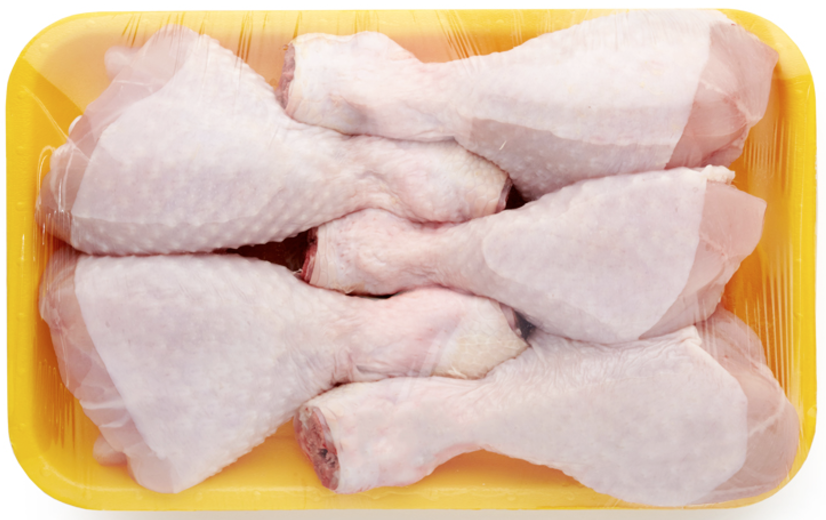Thanks to decades of safety campaigns and consumer education, a large percentage of Americans are now familiar with it salmonella And the infection that a person gets from eating it. Less well known – but in fact more common – is Campylobacterwhich according to the Centers for Disease Control and Prevention (CDC), affects the surrounding area 1.5 million Americans every year.
Let’s take a closer look at these bacteria, the illness they cause, and prevention steps you can take at the grocery store and at home.
What is it Campylobacter infection?
Avoid contaminating other foods. Separate raw chicken from other foods in your grocery cart, grocery bags, kitchen, and refrigerator. Use one cutting board for fresh produce and a separate one for raw meat, poultry, and seafood.
Do not rinse raw poultry in the sink; It won’t remove bacteria, and in fact can spread raw juices around the sink or onto countertops or ready-to-eat foods. Bacteria in raw meat and poultry can only be killed when cooked to a safe internal temperature of 165 degrees Fahrenheit.
Make raw chicken or meat products the last items you choose at the store. Once home, produce should be immediately refrigerated or frozen. Freeze raw chicken if it will not be used within 2 days. If packaged properly, chicken can stay frozen for up to one year. After cooking, put any uneaten chicken in the refrigerator within two hours. Leftovers will remain safe to eat for 2-3 days.
Refrigerators should be set to maintain a temperature of 40 degrees Fahrenheit or less. Thaw frozen chicken in the refrigerator (not on the countertop) or in cold water. To speed up the process, the chicken can be thawed in the microwave. Timing will vary. When marinating, make a separate batch of marinade to serve with the cooked chicken and discard whatever was used on the raw chicken.
When grilling chicken outside, keep it refrigerated until ready to cook. Don’t put cooked chicken on the same plate you used to transfer raw chicken to the grill.
Wash your hands with warm, soapy water for at least 20 seconds before and after handling raw chicken, after using the bathroom, changing diapers, and handling pets. Wash cutting boards, dishes, utensils, and countertops with hot, soapy water after preparing each food item and before moving on to the next food.
Cook the chicken well. All poultry products, including ground poultry, should always be cooked to an internal temperature of 165°F as measured with a food thermometer; Leftovers should be kept in the refrigerator for no more than two hours after cooking. Be aware that the color of cooked poultry is not a sure sign that it is safe. Only by using a food thermometer can it be determined that the poultry has reached a safe minimum internal temperature of 165°F throughout the product. Be especially careful with foods intended for infants, the elderly, and people with weakened immune systems. When reheating leftovers, cover to retain moisture and ensure chicken is heated through. Bring the broth to a boil before serving.

